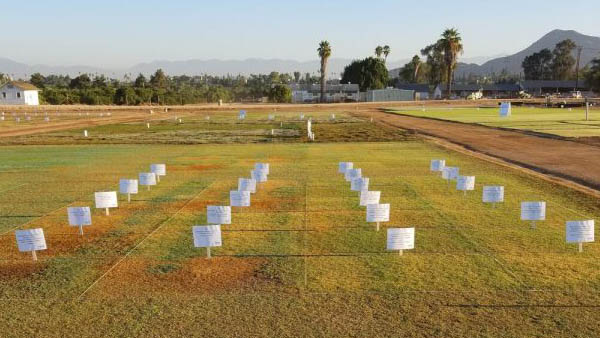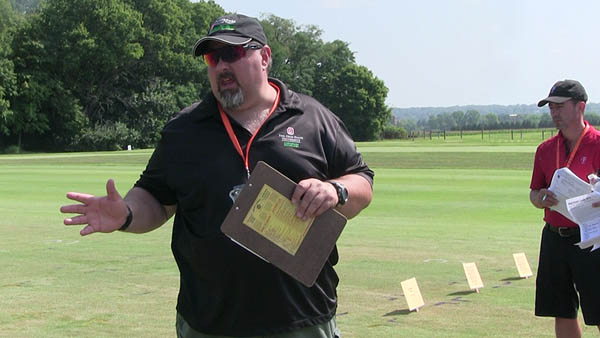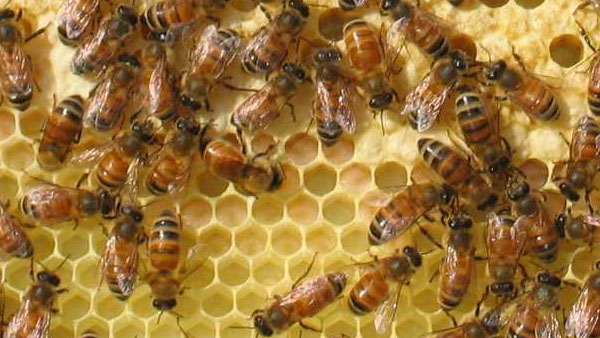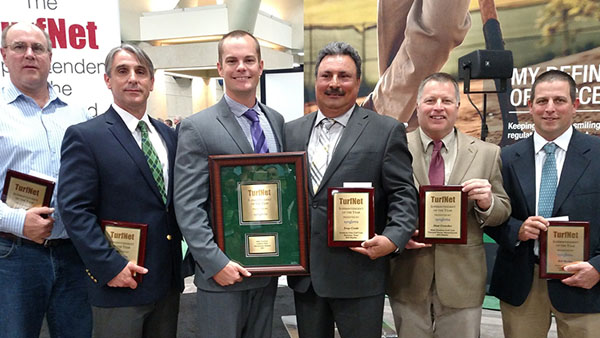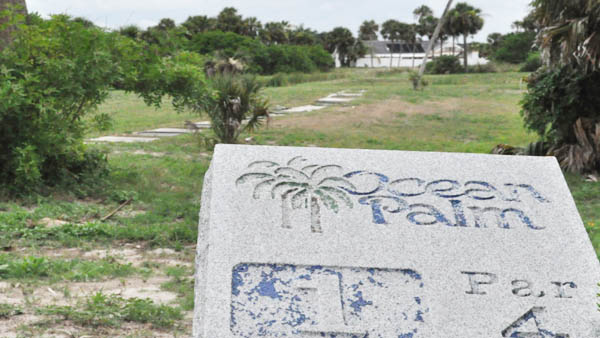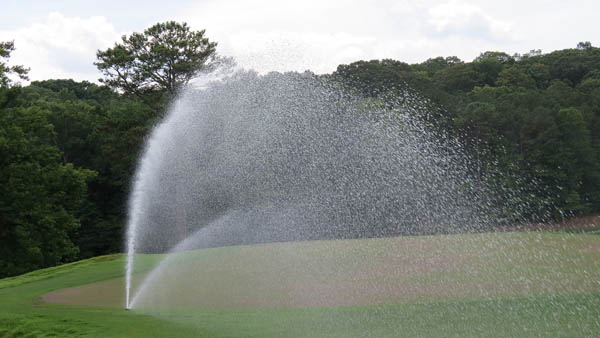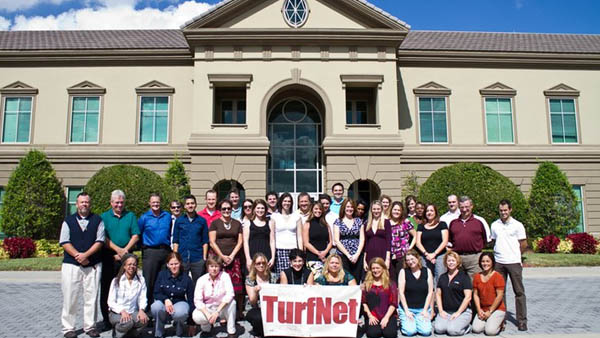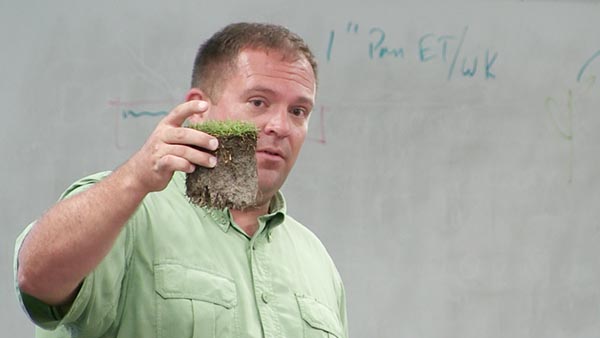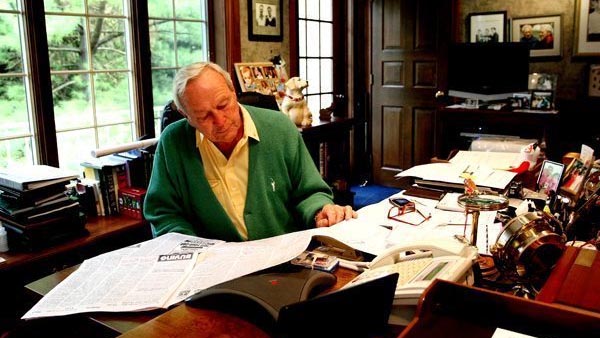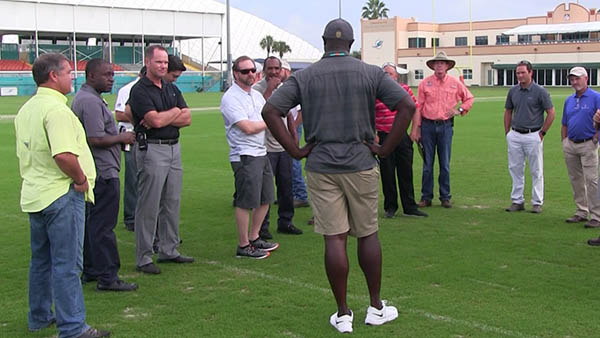

A participant in this year's We Are Golf summit in Washington, D.C., to represent the interests of the golf industry, Schmid encourages other superintendents to get involved in local issues as much as possible. "One of the things that resonated with me is that I thought we had a better opportunity to be more effective at the local level," he said. "A lot of the decisions that affect golf, zoning concerns, environmental concerns and water concerns, are regulated at the local level, and a little bit of input can go a long way.One of things resonated with me, thought we had a better oppty to be more effective at the lcoal level, alot of decisions on golf, zoning concerns, env concerns, water concerns, are reg at the local level and a little bit of input can go a long way."
- Read more...
- 3,257 views

